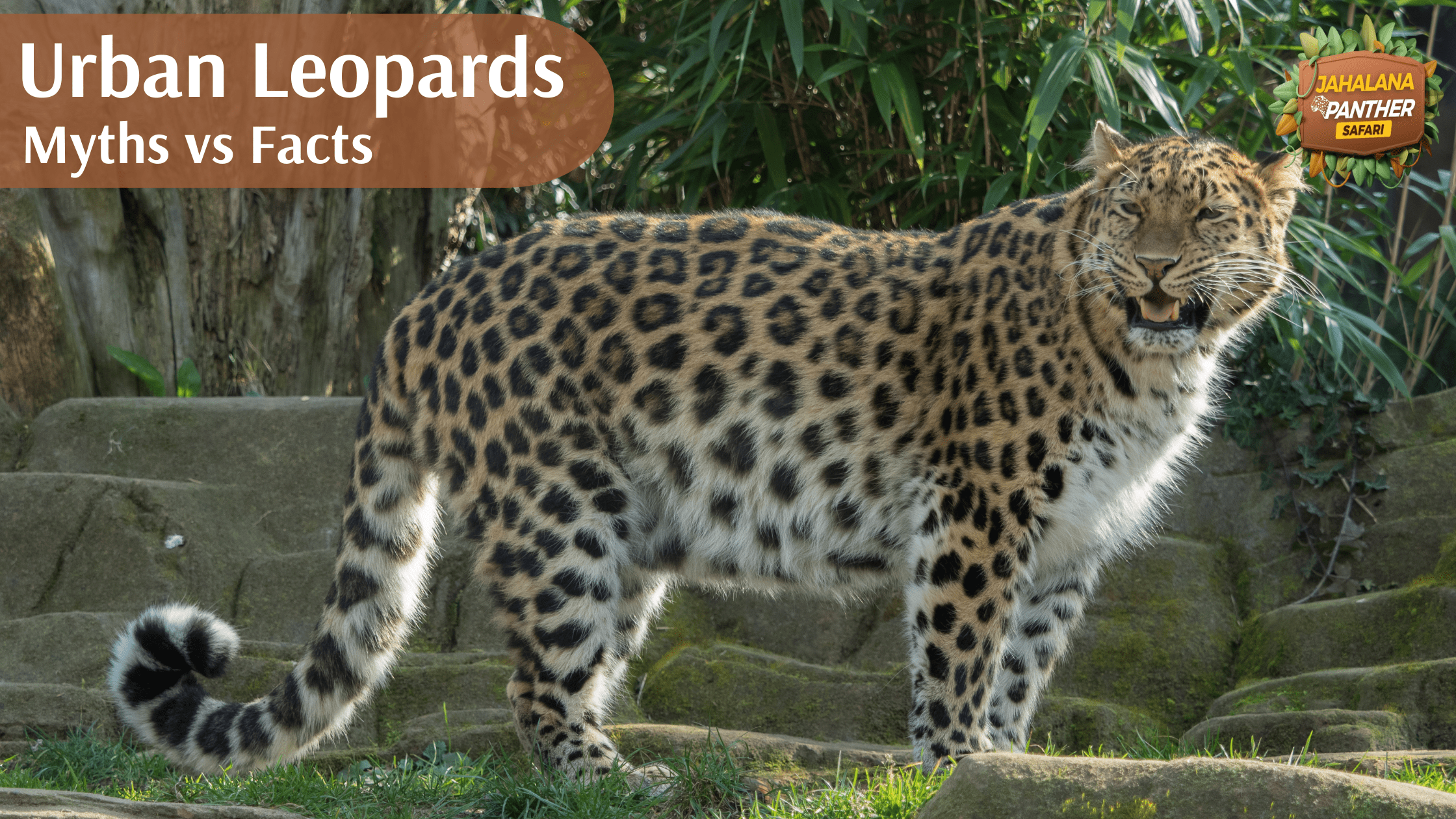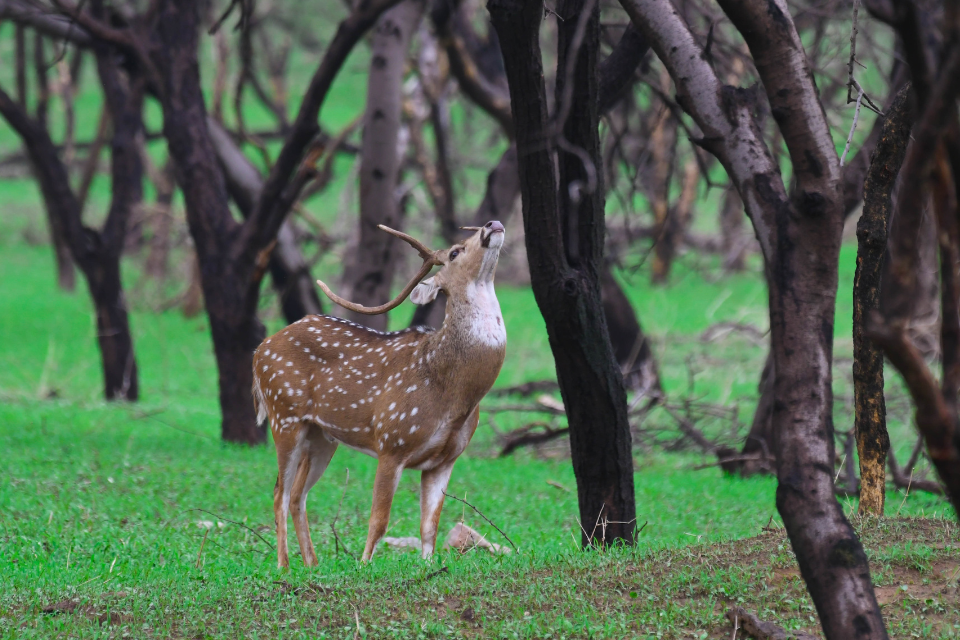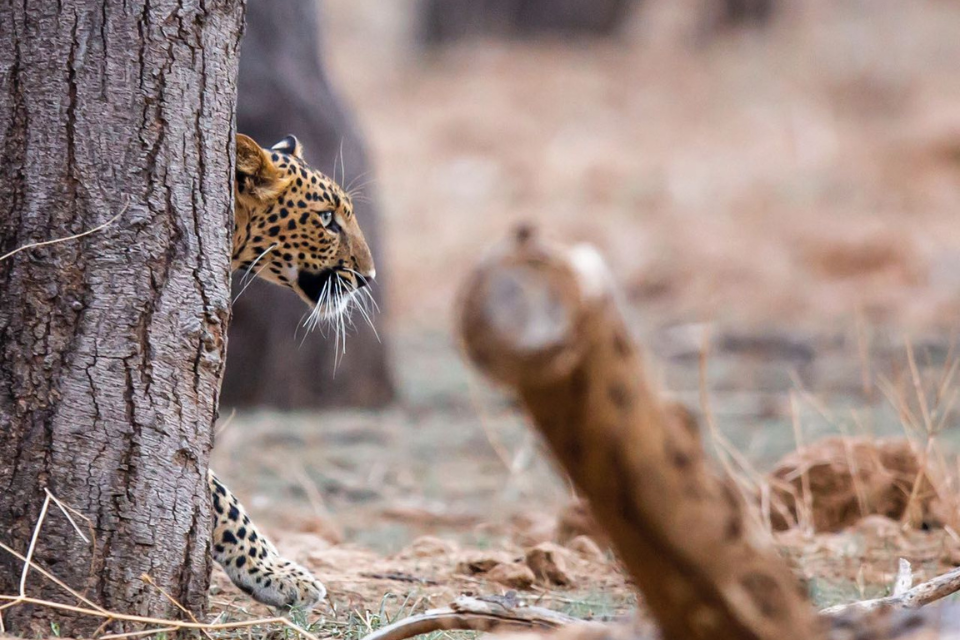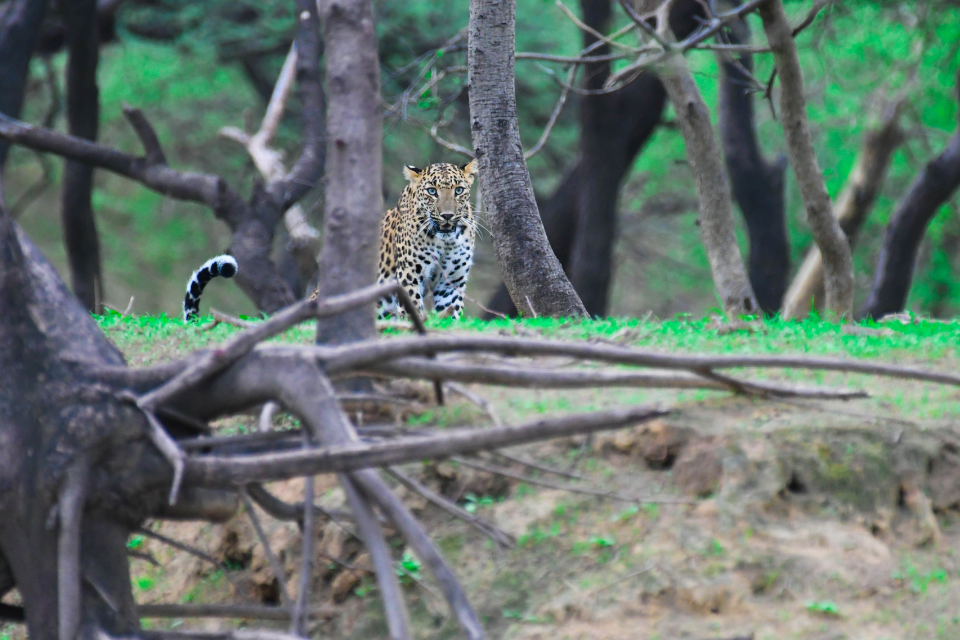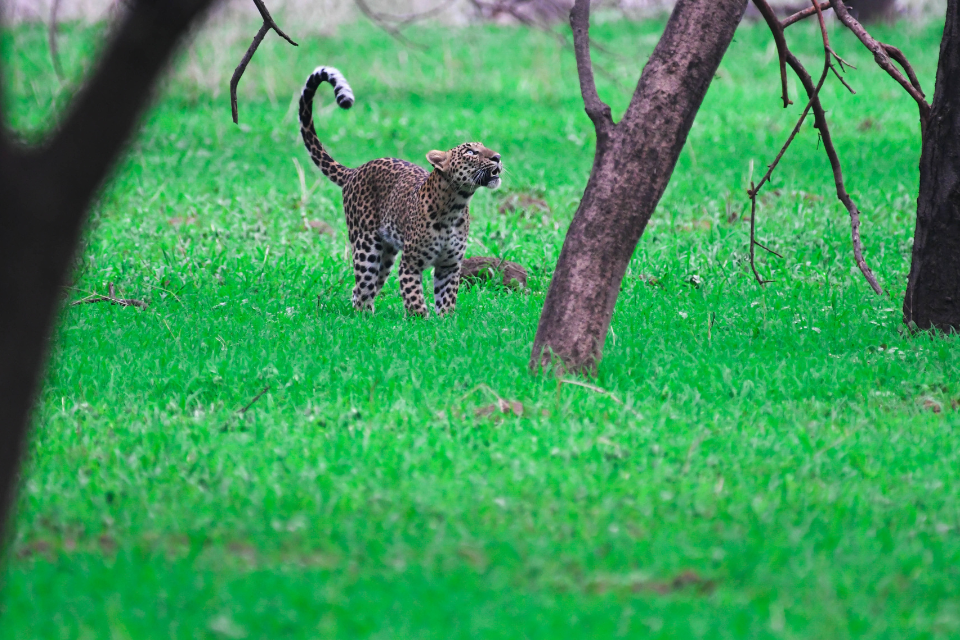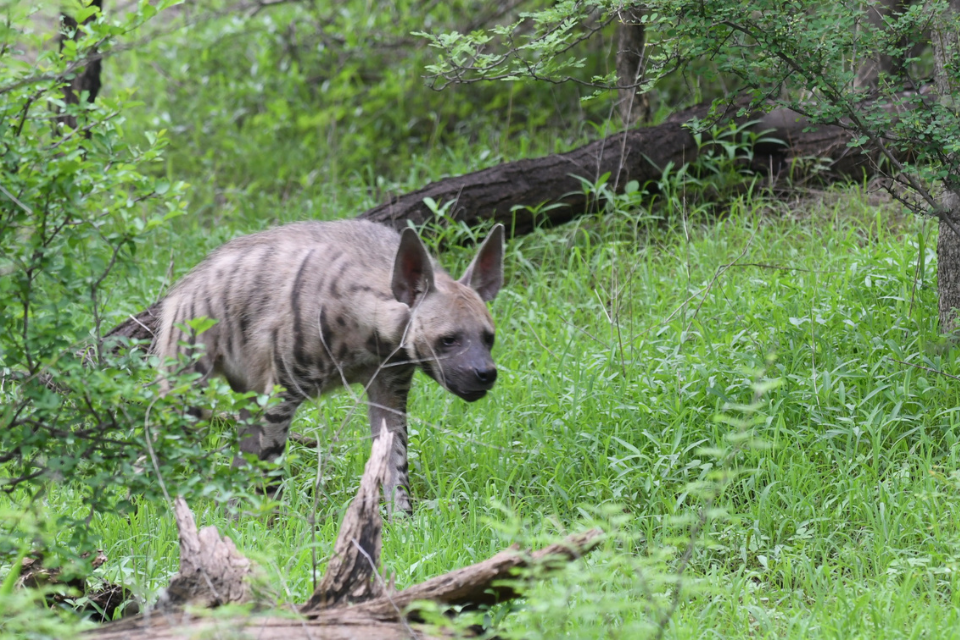- August 29, 2025
Urban Leopards: Myths vs Facts
Leopards in cities sound like the plot of a thriller. In India, though, it’s everyday urban ecology. From Mumbai’s Aarey Colony to Bengaluru’s outskirts and Jaipur’s Jhalana Reserve, leopards prowl the edges of dense neighborhoods, railway embankments, and scrubby urban forests. Headlines often amplify fear, but decades of research paint a more nuanced picture: these big cats are remarkably adaptable—and our responses determine whether the story becomes conflict or coexistence.
Below, we unpack the most persistent myths, match them with evidence-based facts, and finish with practical safety tips, community checklists, and FAQs you can share with your housing society or neighborhood group.
Quick takeaways
- Leopards use city-edge green patches and drainage corridors to move and hunt, mostly at night and during dawn/dusk.
- Their diet near cities often includes stray dogs and feral pigs, which can indirectly reduce dog bites and rabies risk; estimates vary by study and site.
- Reactive trapping and long-distance translocation typically increase conflict; better are prevention, husbandry, and communication.
Myth 1: “Leopards are invading our cities.”
Fact: In most cases, cities have expanded into leopard habitat, not the other way around. Leopards thrive in a mosaic of scrub, plantations, and urban-edge forests—habitats that often persist between apartment blocks, railways, and industrial zones. Camera-trap and telemetry studies around Mumbai’s Sanjay Gandhi National Park (SGNP) show how individuals time their movements to avoid peak human activity, using culverts, nullahs, and tree cover to commute between green pockets. This is not a sudden “invasion” but a long-running coexistence that becomes visible when development pressures, garbage, and stray-dog densities rise.
Myth 2: “Leopards primarily hunt people.”
Fact: Humans are not typical prey. Around Indian cities, leopard diets often feature stray and feral dogs, livestock (especially small stock), and wild prey where available. Multiple studies report a significant dog component—some estimates around SGNP put dogs at ~24% of diet based on scat analysis, while other work (and popular summaries) suggest roughly 40% depending on year and sampling. The exact number varies by site and method, but the direction is clear: dogs and livestock dominate, not people. This nuance matters for policy—controlling garbage and dog numbers and improving livestock protection is far more effective than fear-based responses.
Myth 3: “If a leopard shows up, move it far away.”
Fact: Translocation often backfires. Landmark research from Maharashtra found that moving leopards after attacks tended to increase conflicts in release areas and along the animal’s return paths. Leopards are territorial; removing one can open space for others, and moved individuals may roam widely under stress. The safer alternative is site-specific management: secure attractants (trash, carcasses), reduce risky human behavior at dawn/dusk, harden livestock enclosures, and communicate clearly with residents.
Myth 4: “Leopards only roam deep forest, so cities with leopards are failed cities.”
Fact: Urban leopards are part of a global story of big carnivores adapting to human-dominated landscapes (think coyotes in U.S. cities or black bears in suburbia). Indian metros just happen to sit beside rich forests (e.g., SGNP in Mumbai; Bannerghatta/Devarayanadurga belt around Bengaluru), making encounters more likely and also providing a conservation opportunity at the city scale. Recognizing this enables proactive designs—green corridors, dark passages, and garbage control—that work for both wildlife and people.
Myth 5: “Leopards are all danger and no benefit.”
Fact: While leopards can be dangerous, their presence can also reduce public-health risks. By preying on stray dogs, they may decrease dog bites and potentially lower rabies incidence. Popular science coverage of modeling work around SGNP estimated substantial reductions in rabies cases due to leopard predation on dogs; the precise numbers are debated and depend on assumptions, but the mechanism is plausible and increasingly studied. The practical takeaway: ecosystem services exist even in cities—if we manage risks responsibly.
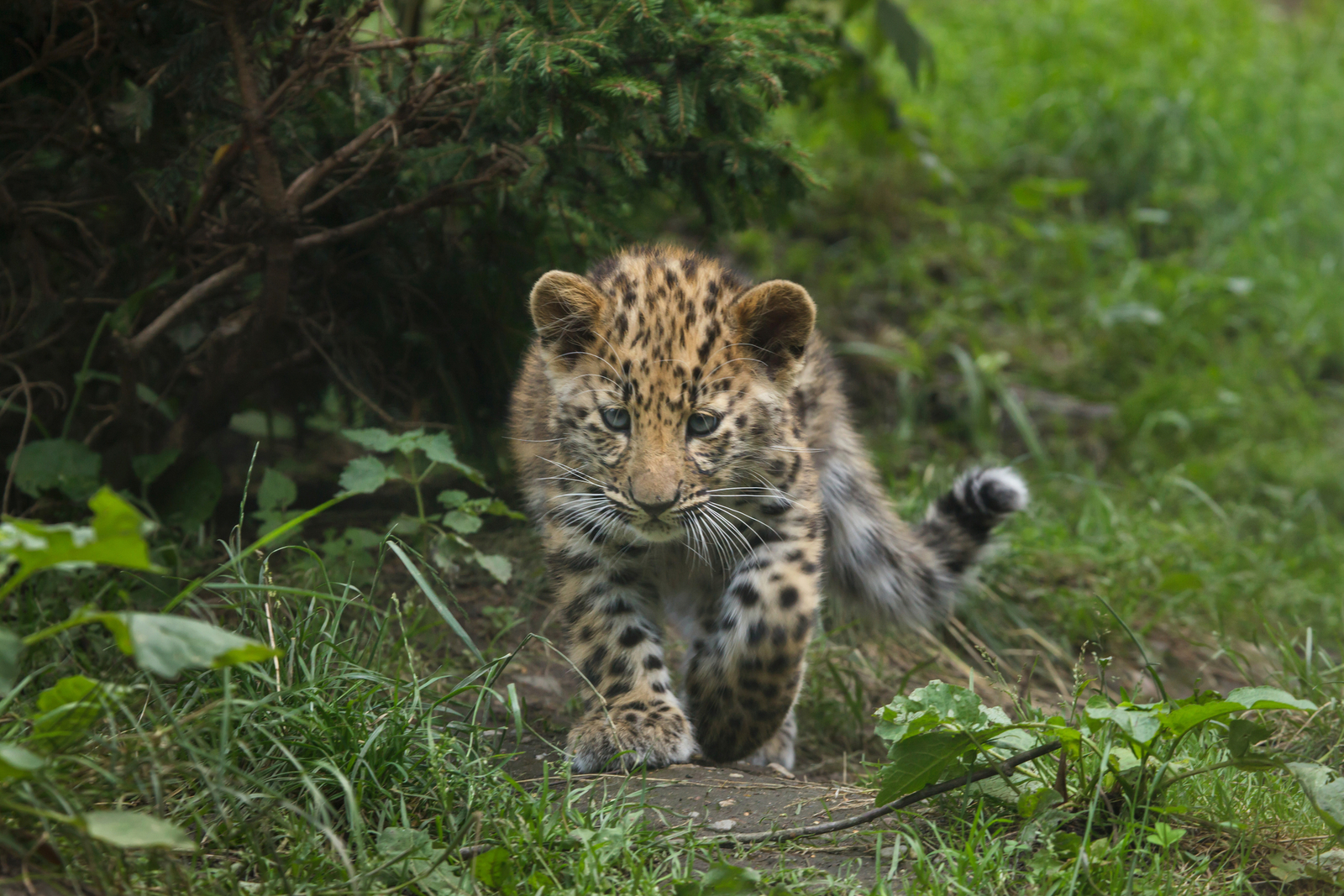
Myth 6: “If the media says ‘leopard terror,’ the risk is skyrocketing.”
Fact: Media framing often magnifies fear beyond the measured risk. Analyses of Indian coverage show how sensational narratives (“terror,” “stalking”) can shape policy and public reactions in counterproductive ways. Balanced reporting—sharing practical safety steps, explaining why translocation can worsen problems, and highlighting successful coexistence—leads to calmer neighborhoods and better outcomes.
Myth 7: “Daytime is safe; leopards are strictly nocturnal.”
Fact: Leopards are predominantly crepuscular/nocturnal, but not strictly so. Telemetry near SGNP shows individuals denning and moving near settlements with careful timing—often avoiding peak human activity but still active when conditions suit. For people, the practical rule is: be most alert at dawn/dusk and at night, especially near scrub and drains; use lights, walk in groups, and keep children close.
Myth 8: “Only the forest department can reduce conflict.”
Fact: Community action is decisive. Research-backed measures include predator-proof night corrals, better lighting on footpaths, herding and guard animals for peri-urban villages, rapid compensation for livestock loss, and consistent messaging against feeding stray dogs. Municipal bodies, RWAs, and local NGOs play crucial roles in garbage management, habitat-sensitive planning, and awareness drives. Together, these reduce attractants and risky behavior—lowering conflict without removing cats.
What attracts leopards to neighborhoods?
- Food: Open garbage, livestock carcass dumps, and high stray-dog densities.
- Cover: Overgrown lots, dense hedges, culverts, and rubbish-strewn drains that double as movement corridors.
Predictability: Regular human habits (e.g., early-morning walkers) that leopards can time around.
Action: Secure waste, improve nighttime lighting, clear blind thickets near paths (retain trees elsewhere), and avoid creating easy den sites under stairwells/sheds.
What to do if you encounter a leopard (street, colony, or trail)
- Stay calm, don’t run. Running triggers chase behavior.
- Give space. Back away slowly, keep the cat in sight without direct, aggressive staring.
- Make yourself look larger if the animal is close and curious: open your jacket, raise your arms, speak firmly.
- Protect children and pets. Pick up small children; keep dogs leashed and close.
- Avoid cornering. Open an exit path; never try to “trap” the animal.
- Report sightings to forest officials; follow their instructions; avoid crowds and “selfie” mobs.
- At home: secure doors/windows at night if you’re near scrub; keep livestock in predator-proof enclosures.
These points mirror evolving state guidelines and urban field practice in India; local forest departments may issue site-specific advisories—always follow those first.
Community checklist (Resident Welfare Associations & housing societies)
- Waste discipline: Closed bins, nightly cleanup, no open dumps or carcass disposal.
- No feeding of stray dogs in dark, bushy corners; if feeding, do it in open, well-lit areas and coordinate sterilization programs with NGOs.
- Lighting & visibility: Illuminate stairwells, parking lots, and pathways; trim hedges along walking routes (retain canopy trees).
- Child safety: Encourage buddy systems for early-morning routes; install whistle points and reflective markers.
- Livestock safety (peri-urban): Predator-proof corrals, dusk curfews, and herding practices.
- Rapid communication: Verified WhatsApp groups, contact numbers for forest beat officers, and a simple “see–step back–report” SOP.
Case notes from India’s urban edges
- Mumbai (SGNP–Aarey): Telemetry and camera-trap studies reveal high leopard densities along the park periphery; several individuals den surprisingly close to settlements, timing activity to avoid people. City campaigns like “Living with Leopards” share do’s and don’ts, and emphasize dog management and garbage control.
- Bengaluru: Newer work indicates robust leopard numbers in surrounding forest zones; with growth pressures, clear communication and corridor-aware planning are essential.
- Jaipur (Jhalana): A classic example of coexistence with regular sightings in a small urban forest, managed through regulated tourism and outreach.
Policy pointers that work
- Avoid knee-jerk translocation; prioritize site-specific mitigation and behavior change.
- Invest in prevention: waste systems, dog sterilization, livestock protection, and safe pedestrian infrastructure at dawn/dusk.
- Design with ecology: protect and plan corridors (culverts, green strips) so animals can move without crossing busy roads and crowded lanes.
- Transparent communication: regular briefings reduce rumor spirals and improve compliance with safety steps.
FAQs
Q1. Are urban leopards increasing in India?
Leopards are highly adaptable and persist around many growing metros where edge forests and scrub remain. Some cities are documenting more reliable counts as monitoring improves, but trends vary by landscape. What’s clear: better waste, dog, and habitat management reduces conflict even where leopards are present.
Q2. Why do leopards come near homes?
Food and cover: stray dogs, livestock carcasses, garbage, and dense scrub around paths and drains. Remove attractants and keep sightlines clear to lower visits.
Q3. Is translocation the best fix?
No. India-based research shows it often worsens conflict. It’s better to secure attractants, improve husbandry, and manage human activity during high-risk hours.
Q4. Do leopards help control rabies?
Some modeling work suggests significant reductions in dog bites and potentially rabies where leopards prey heavily on stray dogs. Figures differ by site and assumptions, but the mechanism is plausible.
Q5. What time is riskiest for encounters?
Dawn and dusk into early night; use lights, move in groups, and avoid bushy shortcuts at these times.
Q6. What should I do if I see a leopard in my lane?
Keep distance, don’t run, create space for it to leave, and alert forest officials. Avoid crowds and photography attempts that corner the animal.
Q7. Are children particularly at risk?
Children are smaller and can trigger predatory interest if unsupervised near scrub at dusk/dawn. Supervision, group movement, and lighting are simple, effective measures.
Disclaimer
Wildlife behavior varies by individual and context. Use local forest department advisories as your primary guidance. The information here synthesizes peer-reviewed studies and official/NGO guidelines but may not reflect rapid changes on the ground (e.g., construction, monsoon vegetation). When in doubt, defer to on-site authorities.
Disclaimer All images used in this blog are either sourced from public domain or credited to their respective owners. If you are the copyright holder of any image and wish to request its removal or proper attribution, please contact us at [email protected]
